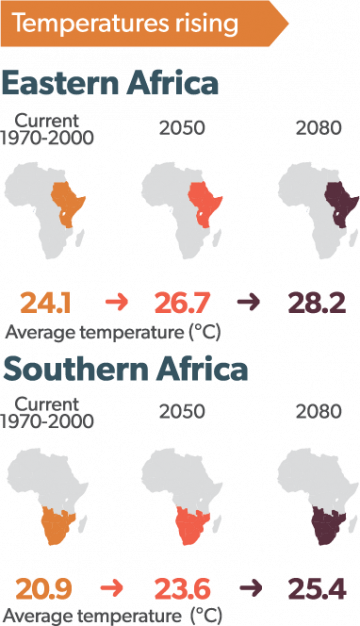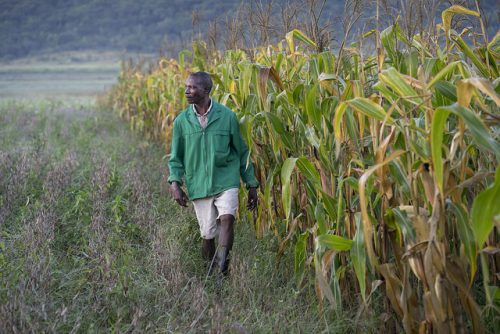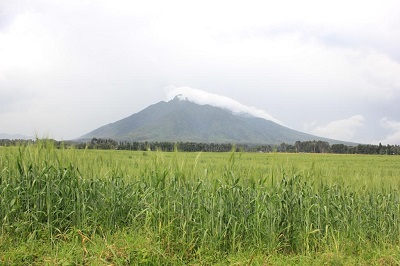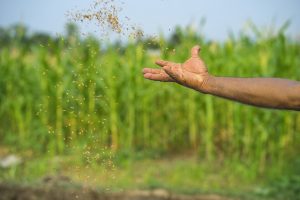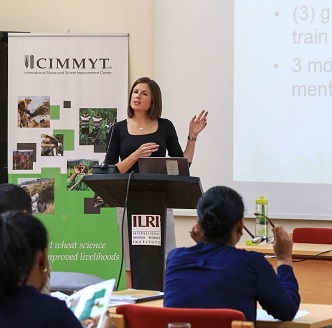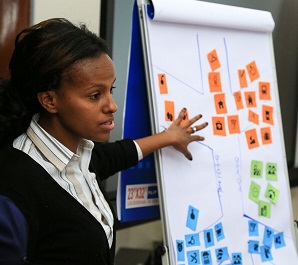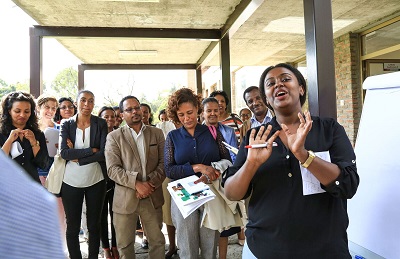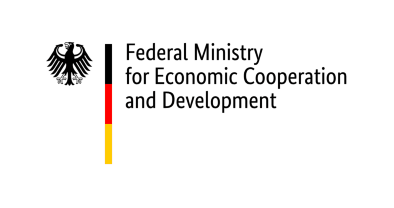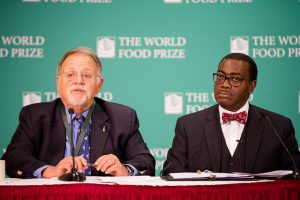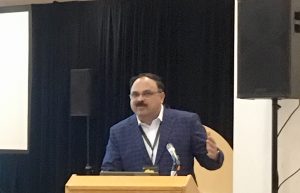New Publications: Storage of maize products results in vitamin loss

Biofortification of crops through traditional breeding techniques has become very common in the fight against malnutrition globally. Biofortified provitamin A maize is bred to produce increased carotenoids (a naturally occurring molecule also found in carrots) to reduce vitamin A deficiency (VAD). VAD affects 190 million children globally and causes an estimated 500,000 cases of preventable blindness per year. A study in 2014 showed that provitamin A maize, was as effective as a high-dose supplement at increasing vitamin A stores in Zambian children.
However, processing and storage can drastically reduce the level of carotenoids in these foods by the time they are consumed. The authors of a new study explain that processing of maize grains makes vitamins more bioavailable, but that exposure to heat, light and air can oxidize carotenoids, reducing the amount remaining in food.
The study shows that when stored for six months in traditional conditions, up to 65 percent of provitamin A may be lost, but it differs among maize varieties, with some varieties losing 40 percent of their carotenoid content in the first two weeks.
The study also examined processing and cooking methods of biofortified maize and eggs from hens who ate this maize to find the best and worst conditions for carotenoid retention. They found that boiling whole grain maize into porridge had the best retention rates of any tested processing methods, with retention rates over 100 percent, and deep frying maize and scrambling eggs had the lowest retention rates of around 70 and 80 percent, respectively.
Overall, the authors say cooking allowed both maize and eggs to retain upwards of 80 percent of effects carotenoid content, but storage at or above room temperature quickly degraded the carotenoid content. They suggest that whole grain and courser ground maize may be a good way to retain more provitamin A while sitting on a shelf, but say more research is necessary.
Read the full study “Retention of Carotenoids in Biofortified Maize Flour and β-Cryptoxanthin-Enhanced Eggs after Household Cooking” and check out other publications by CIMMYT staff below:
- A white paper on global wheat health based on scenario development and analysis. Savary, S., Djurle, A., Yuen, J., Ficke, A., Rossi, V., Esker, P.D., Fernandes, J.M.C., Del Ponte, E.M., Kumar, J., Madden, L.V., Paul, P., McRoberts, N., Singh, P.K., Huber, L., Pope de Vallavielle, C., Saint-Jea, S., Willocquet, L. In: Phytopathology v. 107, no. 10, p. 1109-1122.
- Characterization of leaf rust and stripe rust resistance in spring wheat ‘Chilero’. Ponce-Molina, L.J., Huerta-Espino, J., Singh, R.P., Basnet, B.R., Alvarado Beltrán, G., Randhawa, M.S., Caixia Lan, Aguilar Rincón, V.H., Lobato-Ortiz, R., García Zavala, J.J. In: Plant disease v. 102, no. 2, p. 421-427.
- Evaluation of grain yield of heat stress resilient maize hybrids in Nepal. Koirala, K.B., Giri, Y.P., Rijal, T.R., Zaidi, P.H., Ajanahalli, R.S., Shrestha, J. In: International Journal of Applied Sciences and Biotechnology v. 5, no. 4, p. 511-522.
- Genetic analysis of heat adaptive traits in tropical maize (Zea mays L.). Krishnaji Jodage., Kuchanur, P.H., Zaidi, P.H., Patil, A., Seetharam, K., Vinayan, M.T., Arunkumar, B. In: International Journal of Current Microbiology and Applied Sciences v. 7, no. 1, p. 3237-3246.
- Genetic analysis of morpho-physiological traits and yield components in F2 partial diallel crosses of bread wheat (Triticum aestivum L.). Abidine Fellah, Z.E., Hannach, A., Bouzerzour, H., Dreisigacker, S., Yahyaoui, A.H., Sehgal, D. In: Revista Facultad Nacional de Agronomía v. 70, no. 3, p. 8237-8250.
- Genomics selection in plant breeding : methods, models, and perspectives. Crossa, J., Pérez-Rodríguez, P., Cuevas, J., Montesinos-Lopez, O.A., Jarquín, D., De los Campos, G., Burgueño, J., Camacho-González, J. M., Perez-Elizalde, S., Beyene, Y., Dreisigacker, S., Ravi Gopal Singh, Zhang, X., Gowda, M., Roorkiwal, M., Rutkoski, J., Varshney, R. K. In: Trends in Plant Science v. 20, no. 11, p. 961-975.
- Grain yield and stability of white early maize hybrids in the highland valleys of Mexico. Torres Flores, J. L., Mendoza García, B., Prasanna, B.M., Alvarado Beltrán, G., San Vicente, F.M., Crossa, J. In: Crop Science v. 57, no. 6, p. 3002-3015.
- High-throughput measurement methodologies for developing nutrient-dense crops. Guild, G., Parkes, E., Nutti, M., Palacios-Rojas, N., Stangoulis, J. In: African Journal of Food, Agriculture, Nutrition and Development v. 17, no. 2, p. 11941-11954.
- Retention of carotenoids in biofortified maize flour and β-Cryptoxanthin-Enhanced eggs after household cooking. Sowa, M., Jiaoying Yu, Palacios-Rojas, N., Goltz, S. R., Howe, J. A., Davis, C.R., Rocheford, T., Tanumihardjo, S. A. In: ACS Omega no. 2, p. 7320-7328.
- Risk assessment and spread of the potentially invasive Ceratitis rosa Karsch and Ceratitis quilicii De Meyer, Mwatawala and Virgilio sp. Nov. using life-cycle simulation models : implications for phytosanitary measures and management. Tanga, C. M., Khamis, F. M., Tonnang, H., Rwomushana, I., Mosomtai, G., Mohamed, S. A., Ekesi, S. In: PLoS One v. 13, no. 1:e0189138

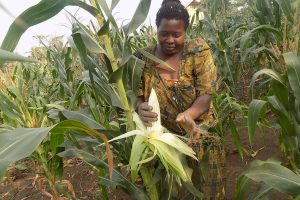

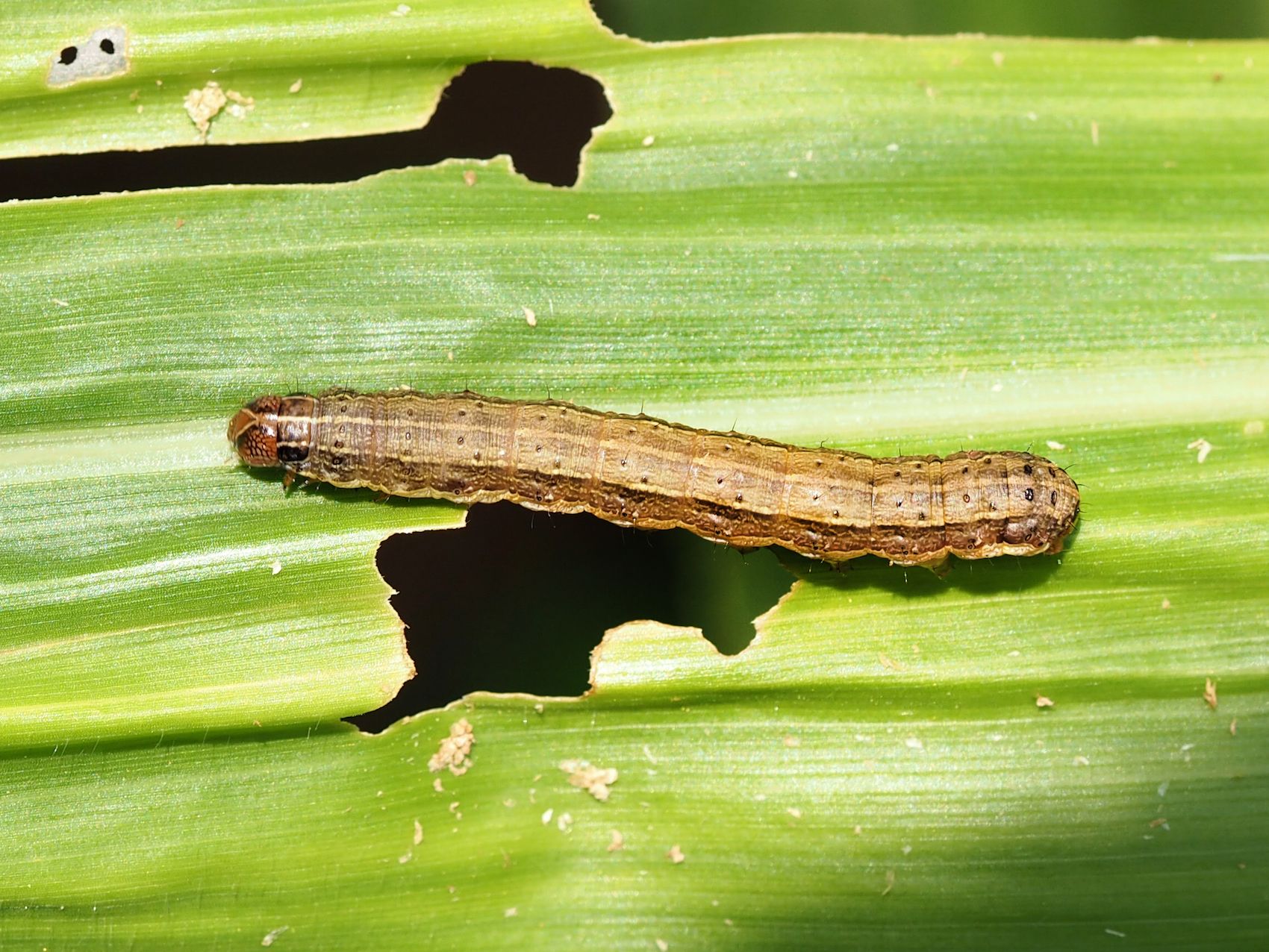
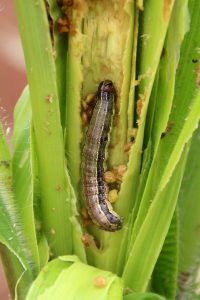
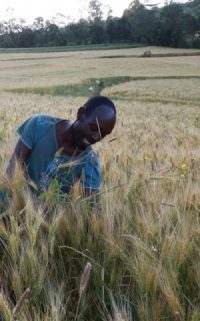
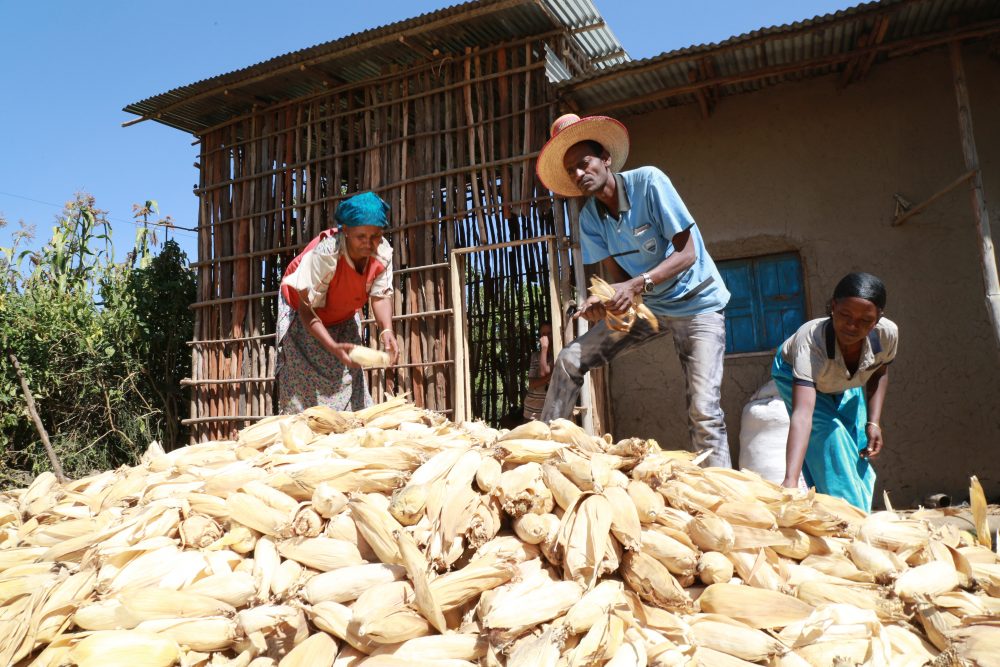
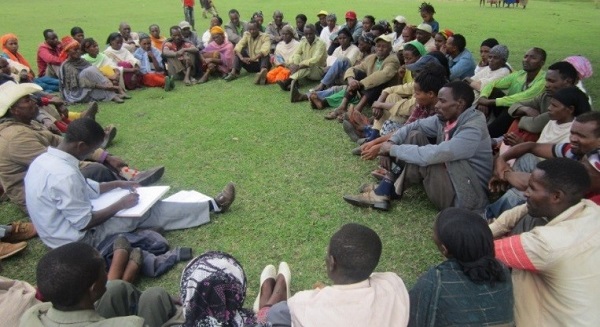

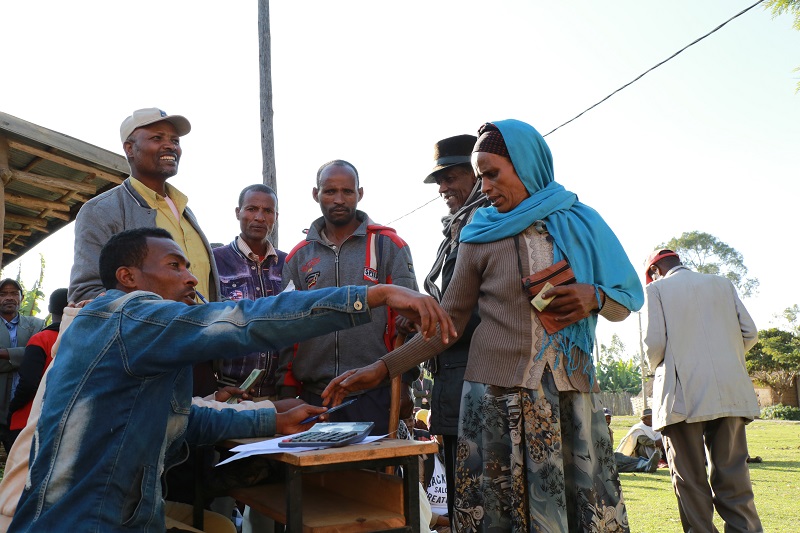
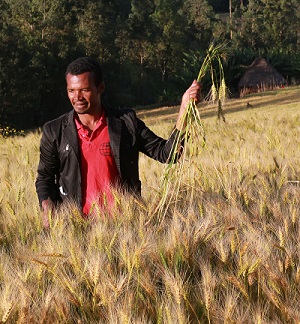

 Food security is at the heart of Africa’s development agenda. However, climate change is threatening
Food security is at the heart of Africa’s development agenda. However, climate change is threatening 